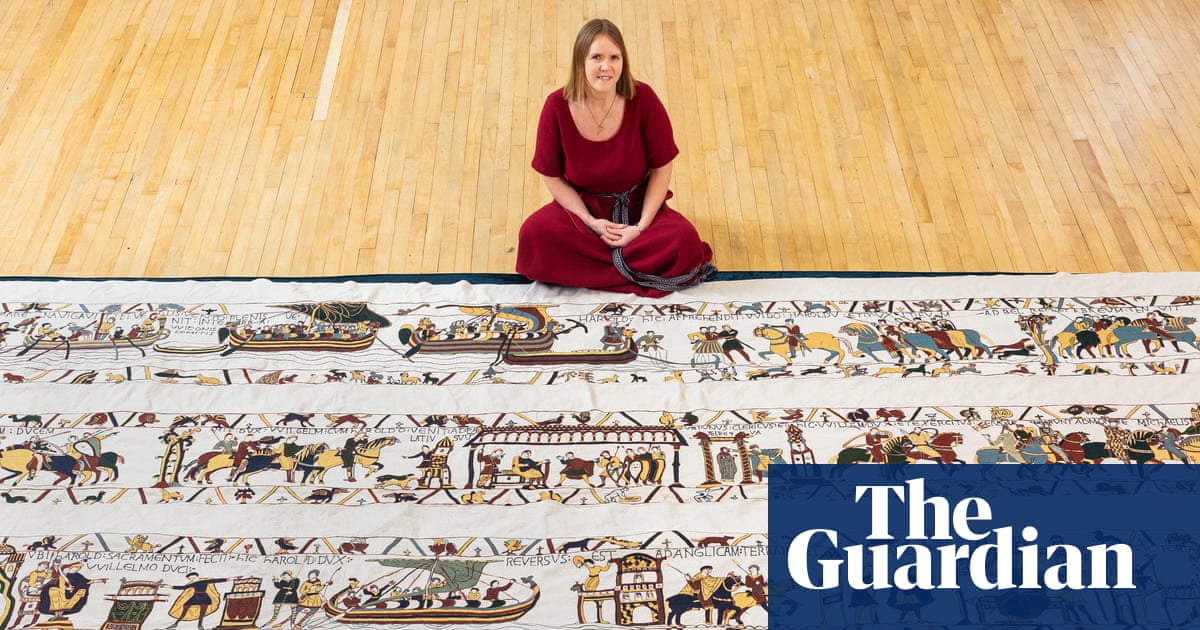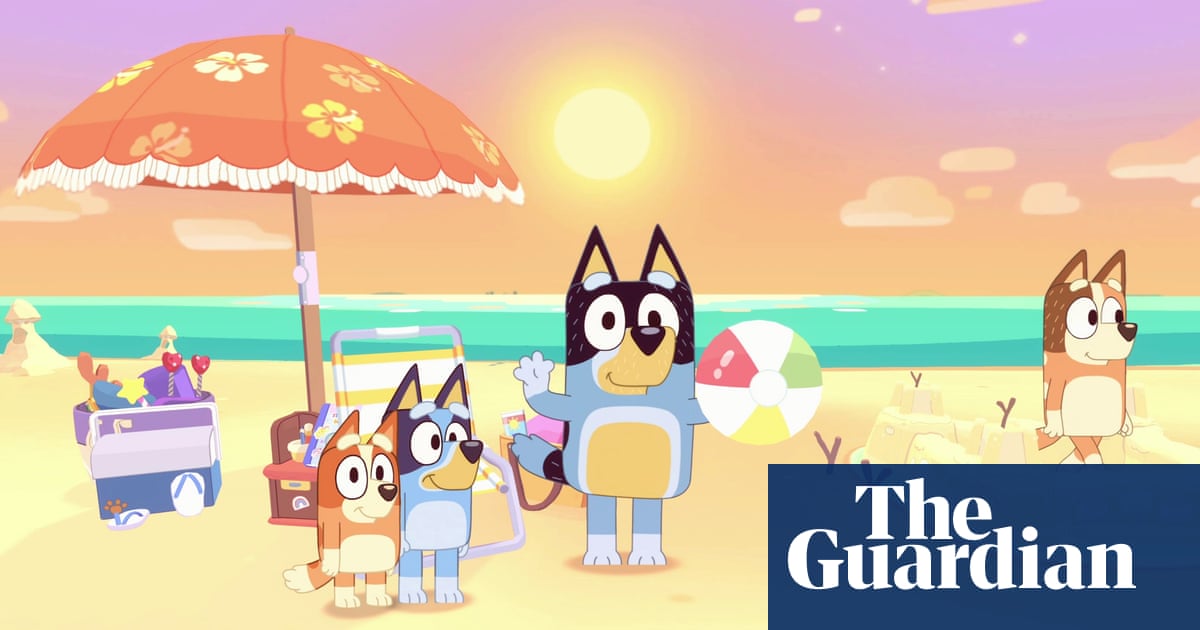
There’s a lot that is surprising about Marvel Snap, the new free-to-play digital card game from one of the minds behind Hearthstone (and the money behind TikTok). A match takes just five minutes. Both players play their cards at the same time. There’s not a paid-for booster pack in sight. Perhaps the biggest surprise, as the game launches its second monthly season, is that it’s really, really good.
I spoke to Ben Brode, the co-founder of Snap’s developer Second Dinner, about what Snap is, how the team set out to fix the problems of existing trading card games, and where they’re going from here.
The rules of Marvel Snap are endearingly simple, especially compared with the complexity typical of card games. Each player turns up with two decks of 12 cards bearing Marvel superheroes – no duplicates – and over six rounds, plays those cards to one of three locations on the board. At the end of the sixth round, the player with the most power at a location wins it, and the player who controls the most locations wins the match.
Barring a few finer details, that’s about it. Everything else about the game is driven by the interplay of the special abilities of the cards and locations.
“I had this craving for a bite-size experience that had all of the fun and strategy that makes me such a card game fan,” Brode says. “I used to work on the World of Warcraft trading card game, and it has more deck-building restrictions than almost any collectible card game I’ve ever played. You’ve got to make sure your hero has the right trade skills, and spec, and faction. I went to a pre-release tournament, and there was a kid there with his dad … in the first round, his opponent called over a judge and said, ‘Hey, my opponent’s deck is illegal. He didn’t follow the deck-building rules.’
“As a designer, I felt personally sad that I helped make a game so complicated that this kid just could not even pass the deck-building check. When we’re thinking about a brand new, modern take on card games, we think about the places where people bounce off, and complexity is a huge one. We have to make really elegant designs that have low complexity, but lots of depth.”
One final quirk brings the whole thing together: the titular snap. Games are played for a reward (or penalty) of cubes, the in-game currency that tracks players’ rise and fall through the ranks. If you forfeit a game early, you lose one cube, and your opponent gains one. But if you see it through to the end, the stakes are doubled.
That should encourage players to fold and walk away when they’ve got a bad board. But each player also has another option: they can tap to “snap”, and double the stakes from the next round onwards, daring their opponent to quit while the going is good. If you’ve drawn the perfect opening hand, you can snap before even playing a card, and potentially walk away with twice the rewards – or, if you’ve drawn absolute garbage, you can snap to try to scare your foe into quitting immediately.
“It was one of the earliest ideas we had – even before we knew we were making a card game. We were looking at backgammon, and our CEO [Hamilton Chu, former Hearthstone executive producer] said, ‘Wouldn’t it be cool if you could play a strategy game, but with the backgammon doubling cube?’ Once we realised that we had a really simple mechanic that allowed for bluffing, we knew that we could make the rest of the rules much simpler.”
A 12-card deck is small – but not as small as it seems, Brode insists. “Traditionally, card games have 60-card decks … But because you can have four copies of any one card, you actually only have about 12 unique cards in one deck.
“Digital card games moved to 30 cards, with two copies, which is about 15 unique cards. And so a 12-card deck is actually not that different strategically from traditional collectible card games. It feels minuscule but the actual strategic depth is not that different. And the fact that the games are so fast means you don’t need duplicates to make sure you don’t run out of cards!”
Limiting the deck to 12 cards doesn’t just affect how a match plays out – and stripping those deck-building rules away means that every card can be played in every deck. Brode proudly notes that the small size also makes it feasible to build an entire deck on a phone. But it also forced a rethink of how the game was going to make money.
“We couldn’t sell packs or we’d be out of cards too quickly. It’s not a long-term sustainable model,” says Brode. “Other games that have very few cards, like Clash Royale, let you increase the power of your cards. But that also doesn’t work for our game, because the maths needs to stay simple.” Instead they looked to Pokémon Go for inspiration: “They made collecting so much fun: it’s like the prime part of the game. You can’t buy Pokémon, you have to earn them. You can pay to speed up the process, but you don’t have to.”
In typical mobile game fashion, the end result is a slightly obscure mishmash of different currencies. But you can buy a £9 season pass, which renews every month and gives you oodles of all of them, making it easier for paying players to unlock new cards quickly. “But there’s a cap on that: you can’t just come in and spend as much as you want.”
As I’ve climbed the ranks of the game’s main (and currently only) competitive mode, peaking at a barely-credible 34 out of 100, the depth of this seemingly simple game has started to unfurl in my mind. I don’t quite go to sleep thinking of new ways to combine Killmonger (“On Reveal: Destroy ALL 1-Cost cards”) with Nova (“When this is destroyed, give your cards +1 Power”) and the Bar Sinister location (“When you play a card here, fill this location with copies of it”) – not yet. But as each of those possibilities clicks into place in the course of another game, I can’t help but wonder at how much Brode and his team have managed to cram into this five-minute marvel.












